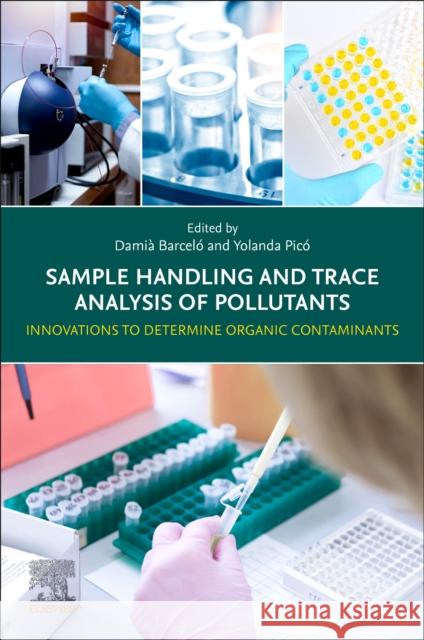Sample Handling and Trace Analysis of Pollutants: Innovations to Determine Organic Contaminants » książka
topmenu
Sample Handling and Trace Analysis of Pollutants: Innovations to Determine Organic Contaminants
ISBN-13: 9780323856010 / Angielski / Miękka / 2024
Sample Handling and Trace Analysis of Pollutants: Innovations to Determine Organic Contaminants
ISBN-13: 9780323856010 / Angielski / Miękka / 2024
cena 945,34
(netto: 900,32 VAT: 5%)
Najniższa cena z 30 dni: 941,44
(netto: 900,32 VAT: 5%)
Najniższa cena z 30 dni: 941,44
Termin realizacji zamówienia:
ok. 30 dni roboczych
Bez gwarancji dostawy przed świętami
ok. 30 dni roboczych
Bez gwarancji dostawy przed świętami
Darmowa dostawa!
Kategorie:
Kategorie BISAC:
Wydawca:
Elsevier Science
Język:
Angielski
ISBN-13:
9780323856010
Rok wydania:
2024
Oprawa:
Miękka
Wolumenów:
01











